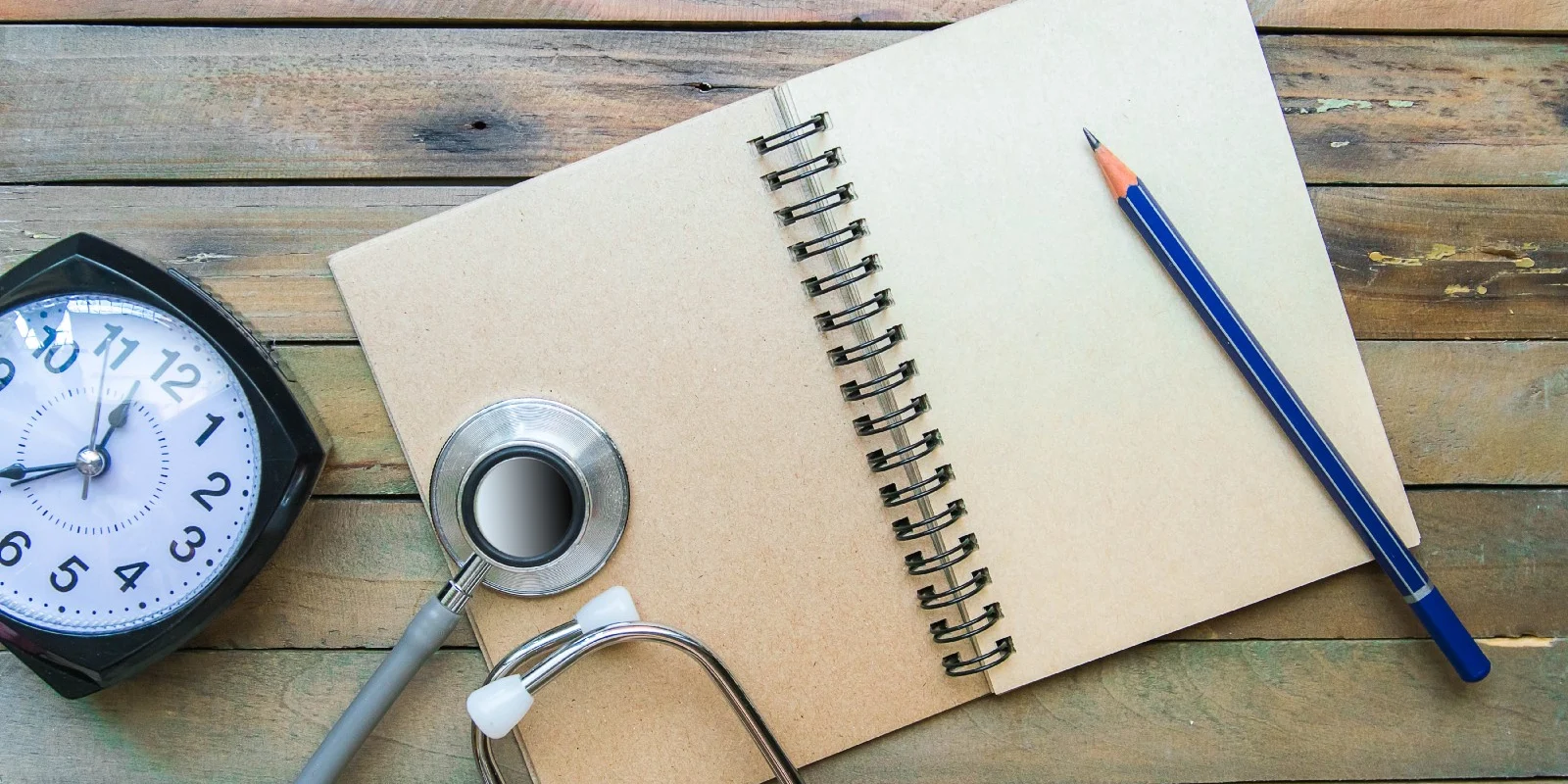
Somewhere along the way in my medical training, an attending physician gave me the advice to always ask about patients’ missing appendages, if for no other reason than to hear a good story. The first time I tried this on the medicine wards, on a patient who was admitted for an intentional drug overdose, his initial response was surprise. Waiting for an appropriate time to spring the question, as I was checking his radial pulse, I asked: “what happened to your finger?” He looked at me and replied with an amused “you noticed!” At first, this response surprised me. How could the mere noticing of a missing finger by a member of this patient’s medical team be rare enough to warrant this reply?
As it turns out, the most important lesson I learned from that patient was not to wear my wedding ring when doing housework on a ladder. But the patient’s report that most doctors did not notice his missing finger hinted at a common trend in medicine, one of deemphasizing physical examination and physical diagnosis. Of course, this patient’s situation is not the greatest example: his missing finger was in no way useful in evaluating or treating his acute illness. Nonetheless, I get the feeling that the physical examination that I see being used in practice is a shadow of the physical exam that was once a pillar of the diagnostic process.
Most of the physicians whom I have had the pleasure of working under in medical school are proficient in the physical exam, and judicious in their ordering of diagnostic studies. However, there are a select few physicians whose passion for physical diagnosis is on a different plane. They are meticulous, confident, and knowledgeable about reading and interpreting the clues that a patient’s body contains. One gets the feeling that they could make diagnoses with a history and physical alone that other doctors may spend hundreds or thousands of dollars on diagnostic tests to make. Many of them keep up with the medical literature and know the sensitivities and specificities of the signs that they are interpreting.
As for myself, although this may be excused by the fact that I am still a fourth year medical student, I consider my physical exam skills to be deficient. For example, identifying murmurs via auscultation involves me memorizing buzz-words before exams so that I will choose the right answer, trying to keep straight “opening snap” vs. “mid-systolic click.” In practice, I am lucky if I can accurately identify what I am hearing. Unfortunately, as Dr. Sandeep Jauhar tells us in The Demise of the Physical Exam (NEJM 2006), my peers have not fared much better. I feel that there are several distinct benefits for medical students (and physicians, for that matter) to put more effort into mastering our physical examination skills.
Becoming better acquainted with the physical exam can help us to understand anatomy and pathophysiology more closely, but also to understand the disease process in a particular patient. We not only feel splenomegaly, we feel this person’s enlarged spleen. A physical examination, performed before ordering more testing, is akin to a face-to-face conversation instead in a world of text messages — you get the information, but you experience that information in the context of the person.
Perhaps teaching medical students to become more skilled at physical diagnosis will also help cut healthcare costs, even if only by a small amount. If you can make diagnoses with your five (well, hopefully only four) senses, there will be less of a need to order costly diagnostic tests. However, as Dr. Jauhar posits, this goes against the current medical culture, which is not comfortable living with uncertainty. Jauhar provides the example: “if a physical exam permits a physician to diagnose a herniated spinal disk with only 90 percent probability, then there is an almost irresistible urge to get a $1,000 MRI to close the gap.” Perhaps this is the right thing to do. After all, many would say, we owe our patients as rock solid of an answer as possible. But, maybe the exam findings will be a key factor in helping you decide about getting the spinal MRI.
Nonetheless, if we are able to diagnose something in a low-tech fashion, we should. We should do this not only because it would save money, but also because it is exciting and satisfying. In the early 20th century, British thinker G.K. Chesterton wrote that “thrift is poetic because it is creative; waste is unpoetic because it is waste.” Low-tech diagnosis requires ingenuity and resourcefulness that approaches the poetic. As Dr. Jauhar tells us, Dr. Karel Wenckebach discovered his eponymous type of atrioventricular block before the invention of electrocardiogram, “by timing a patient’s arterial and venous pulsations.” While most physicians today do not have enough time in their day to do things this tedious, perhaps we should recover an appreciation for the poetry of our patient’s bodies.







